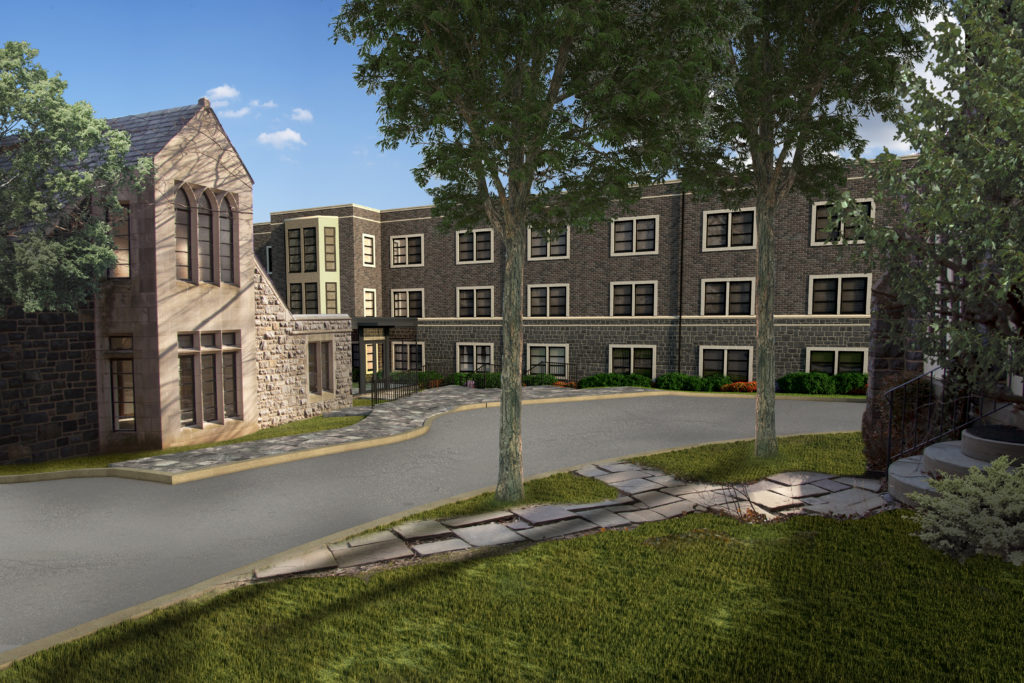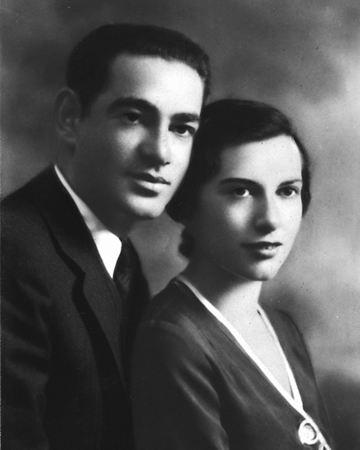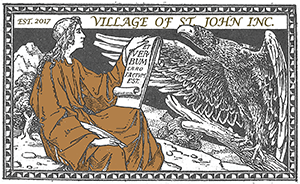Raising the bar
Long before the stone was quarried to build the grand Episcopal Church of St. John, its future corner at North Market Street and Concord Avenue was well-known.
For a rowdy bar.
Historians say part of why the church was built there was that its benefactor – Alexis I. du Pont, third son of DuPont Company founder Eleuthere I. du Pont – sought to replace the sins of the boisterous bar with the sanctity of salvation.
His vision literally marked an instance of razing and raising the bar.
The church’s cornerstone was set in June 1857.
Tradition holds that duPont directed architect John Notman of Philadelphia design the church altar so it stood exactly on the spot of the bar at the old tavern.
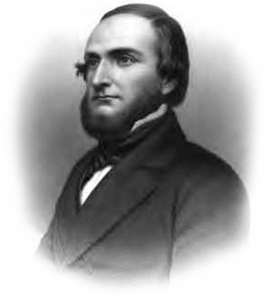
Blue rock built
Built of strong “blue rock” from the nearby Brandywine, the Episcopal Church of St. John has been a Wilmington landmark since the late 1850s.
Rich in Delaware and du Pont family history, it blended into a bustling community that was founded in colonial days, visited by George Washington and played a significant role in the American Revolution.
Early years of the church
August 7, 1855 – Parish organizes
June 4, 1857 – Church cornerstone is set
November 3, 1858 – Church is consecrated
November 3, 1885 – Parish house opens
May 5, 1921 – St. Mary’s Chapel is consecrated
May 14, 1935 – Designated as Cathedral Church of St. John
June 5, 1938 – Garden of Praise is blessed
May 14, 1947 – Official designation as a cathedral
The church site by the numbers
1857 – Year the church is built
2012 – Year the church site goes up for sale
39,000 – Square-foot-size of the former sanctuary
4,300 – Square feet of the former dean’s office
1.67 – Total acres of the site’s separate church and parsonage parcels
0.63 – Acreage of the parking lot across Concord Pike from the buildings
$1.6 million – Episcopal Diocese of Delaware’s list price for the church site
3 – Years the site lingers for sale before announcement of its new purpose
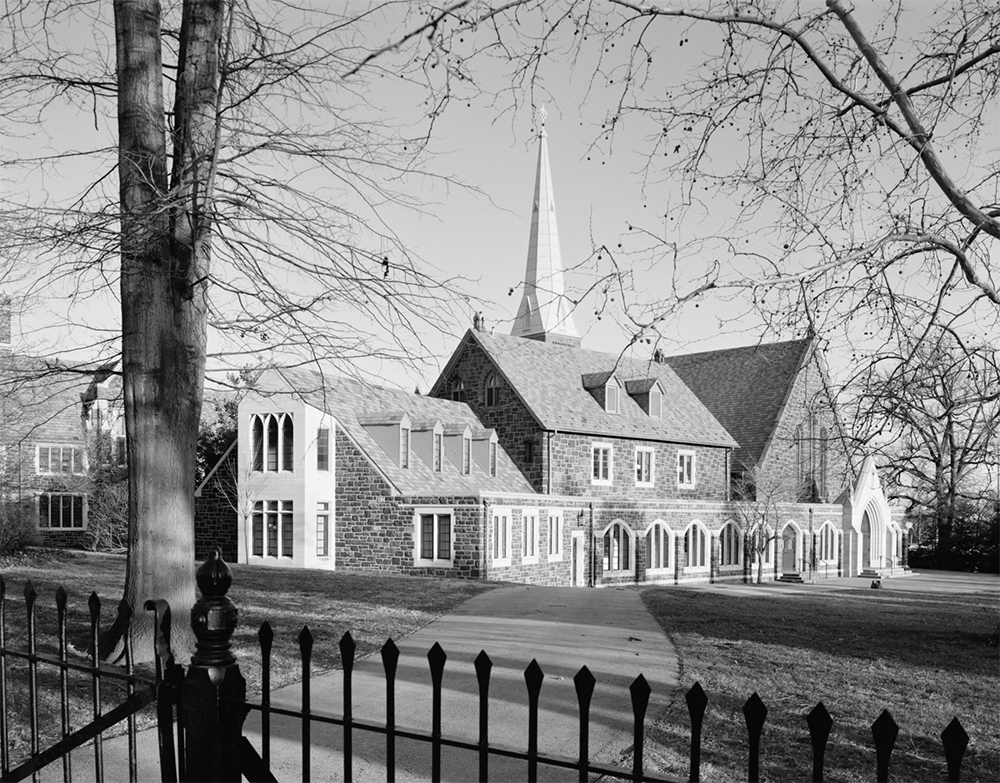
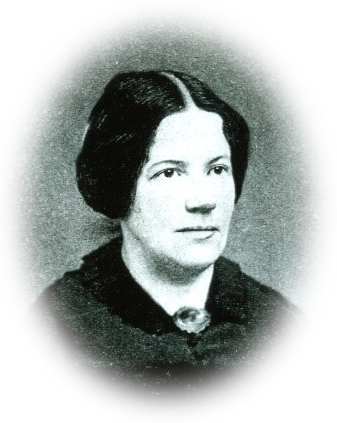
Tragedy strikes
When Alexis I. du Pont and friends were building the church, he personally inspected and supervised crews’ progress at the site almost every day.
On August 22, 1857, before going to the site, he went to check on a job underway in the lower yard of his family’s powder mill along the Brandywine.
Two men moving some old equipment set off an explosion. Both those men were injured and du Pont’s clothing caught fire – as did the building.
Du Pont doused his clothes with water and climbed to the building’s roof to fight the fire.
The building exploded, with him on top of it.
Severely injured, du Pont lived only one more day, making out his will and leaving money to finish and maintain the church.
His beloved wife Joanna saw that her husband’s mission was completed. The church was finished the following year – paid for in full, thanks to her late husband’s generosity.
The Village of St. John is privileged to honor both Alexis I. and Joanna du Pont for their vital roles in creating the church that served its community for generations and now is repurposed to enrich the lives of Wilmington’s senior citizens.
They both deserve recognition, for without either one, this important Wilmington presence never would have existed.
The church closes
Closure of the Cathedral Church of St. John – one of Wilmington’s most-prominent churches – sparked concern about what would happen to its buildings and neighborhood.
In Brandywine Village, community leaders mourned the loss of the church’s congregation and its positive presence, as rumors buzzed that the stately stone church site will be raised for commercial use.
Since the 1800s, the storied church stood at the corner of North Market Street and Concord Avenue – a once-bustling area with many beautiful colonial-era buildings that made up a neighborhood that was considered a separate community from Wilmington.
For generations, the community thrived, but in the 1970s began to develop common issues of urban poverty, drugs selling and related crime.
Like churches nationwide, the old church’s congregation had dwindled, while costs of operation, maintenance and repair rose. When that imbalance became too burdensome to maintain, the church closed in 2012.
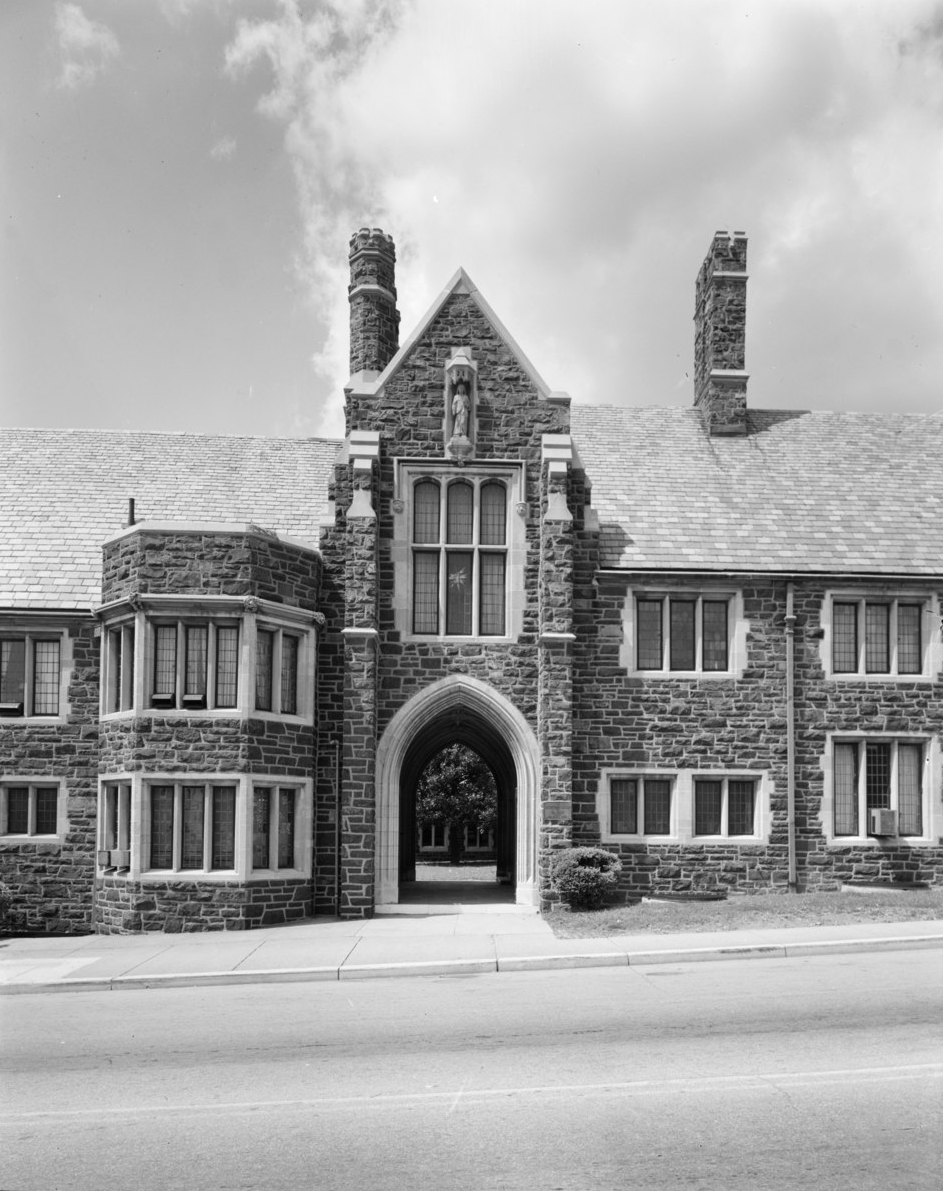
Collaboration of caring
The church site of nearly 3 acres – listed at $1.6 million – drew inquiries from a variety of sources.
Three years passed amid rippling rumors about potential buyers, but there was no sale.
Then, in October 2015, the Right Reverend Wayne P. Wright, who was bishop of the Episcopal Diocese of Delaware, and Brother Ronald Giannone, OFM Cap., founder and executive director of the Ministry of Caring, announced a tentative partnership.
The ministry, founded in 1977, would create the Village of St. John as part of its commitment to creating affordable senior housing, providing the need was documented and funding sources could be identified.
In support, the church’s trustees cut the asking price nearly $1 million to $651,800.
“The sacredness of this place, which gave honor and glory to God, will continue to serve Him in its ministry to the poor,” Wright said, calling the ministry concept “the right plan.”
Making plans
After a study documented Wilmington’s extreme and widely recognized shortage of affordable housing for seniors, the Ministry of Caring moved forward with its exploration of possible funding sources for the project.
With that study as proof of the need and a preliminary concept of converting the site, the ministry’s appeal for a grant to cover the site’s purchase price was approved by Longwood Foundation.
Arrangements then were made for the complex to be developed through the ministry-sponsored Sacred Heart Housing Inc., a separately incorporated Community Housing Development Organization that will provide a 99-year lease for its operation.
Then came the tasks of selecting the architect, engineering firm, contractor and others who could take the dream from concept to on-the-ground reality.
Vital Support
Creation of the Village of St. John has received deeply appreciated support from the State of Delaware through the General Assembly, New Castle County and the City of Wilmington, as well as TD Bank.
Much of the project cost has been covered through sale of Low-Income Housing Tax Credit (LIHTC) issued through the Delaware State Housing Authority, which also provided a deferred loan and contributed more than $2 million from the Housing Development Fund.
Two other major funding sources – the U.S. Department of the Interior’s National Park Service and Delaware State Historic Preservation Office – provided substantial Historic Tax Credit Equity related to preservation of historic structures and features at the site.
Delaware’s Department of Natural Resources and Environmental Control also gave critical support in the form of $625,000 for site mitigation abatement through its Brownfields Development Program and, later, a $43,000 Green Energy Grant.
The project would not have been possible without that generous and inspiring initial grant from Longwood Foundation to purchase the site, as well as subsequent grants from JPMorgan Chase, Welfare Foundation, DuPont Company, TD Bank, Laffey-McHugh Foundation, Capital One, Christ Church in Greenville, Harry and Jeanette Weinberg Foundation, Crystal Trust, Chichester DuPont, WSFS, Artisans’ Bank, Raskob Foundation and a generous personal contribution from actress Polly Holliday.
The Village of St. John gratefully acknowledges the many private individuals, families and others whose generous donations have supported the construction of the Village of St. John.
Architects Kevin Wilson and Christopher Moseder of Architectural Alliance and Tom Higley, a volunteer architect, deserve recognition for their significant roles and notable impact.
Episcopal Diocese of Delaware, determined for its former church site to continue to serve the community, endorsed the Ministry of Caring’s plan to create affordable housing for income-eligible seniors. Trustees of the Cathedral Church of St. John reduced the asking price from $1.6 million to $650,000.
Architectural Alliance designed conversion of former church office and class space into apartments, also envisioning new construction that would be compatible with the original stonework from the mid-1800s.
Domus Inc. is the contractor selected to transform the historic landmark into affordable housing, while maintaining a positive impact in the surrounding community, known as Old Brandywine Village.
Cinnaire, investing creatively across the country to ”help community development organizations, lending partners and socially motivated investors accomplish goals in underserved communities,” provided a Low-Income Housing Tax Credit investment to support the Village of St. John.
NCALL or National Council on Agricultural Life & Labor Research Fund Inc. served as consultant in the Village of St. John project. NCALL provides nonprofits with technical assistance for housing development, asset management and other services, sharing technical expertise in dealing with Low-Income Housing Tax Credit and other housing-related programs.
About The Weinberg Wing
At Village of St. John, the Weinberg Wing is named for a pair of special people.
They are the late Harry and Jeanette Weinberg, who lived in Baltimore and whose namesake foundation generously provided $1 million for the Village of St. John.
The Weinbergs emigrated to the United States in the early 1900s and, in the late 1930s, used their modest means to help many German Jews escape Germany.
Later, as a successful businessman specializing in mass transit and an investor with extensive real estate in Hawaii, Harry Weinberg established their namesake foundation, which is dedicated to meeting the basic needs of vulnerable people and families experiencing poverty. It has become one of the nation’s largest private charitable organizations. When Mr. Weinberg died in 1990, a year after his wife, he also left the bulk of their estate to the foundation.
The Weinberg Foundation focuses on providing vital services for at-risk populations including the elderly, women and children in poverty and those with disabilities, as well as veterans and the Jewish community.
In supporting the Village of St. John for income-eligible seniors age 62 and older, the foundation is helping ease our community’s critical shortage of safe and affordable senior housing, including for those with disabilities. The Weinberg Wing consists of 36 one-bedroom units with all new, accessible housing for individuals and couples.
As the foundation continues the couple’s legacy of caring, we are grateful to have been blessed by its generosity and humbled by the opportunity to have this wing honor and raise community awareness about the Weinbergs and their enduring hand of hope for those who are most vulnerable.
Modern milestones
July 26, 2017
Ministry of Caring purchases site
December 6, 2017
Construction/financing settlement
December 15, 2017
Ceremonial construction groundbreaking
Spring 2019
Completion of construction
September 12, 2019
Dedication ceremony
